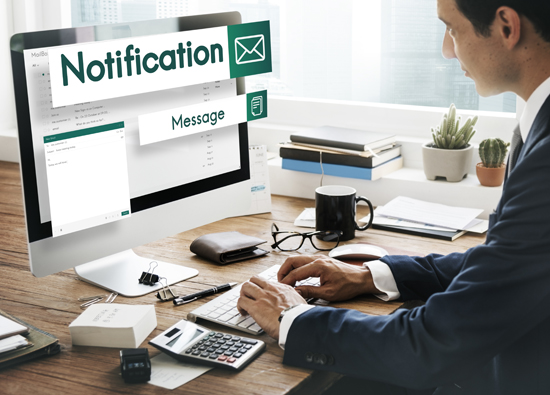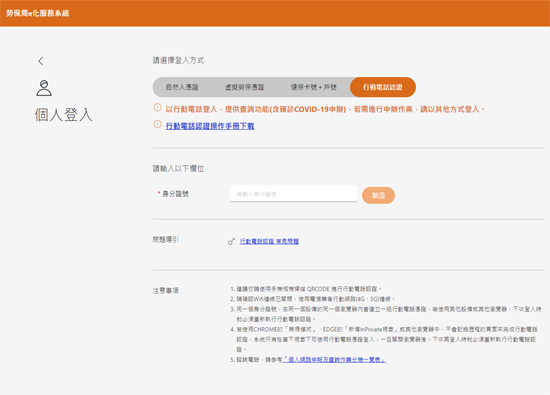03.2023 Life Guide
On BEC mail fraud
Far Eastern New Century Corporation / Jane Junru


.jpg) After sharing the "phishing scam" in Korean dramas with readers last month, I believe you have been alert to the use of email. In order to let you know more about the diversified fraud methods of hackers, this issue will further introduce "BEC Email Fraud", also known as "face-changing fraud attack".
After sharing the "phishing scam" in Korean dramas with readers last month, I believe you have been alert to the use of email. In order to let you know more about the diversified fraud methods of hackers, this issue will further introduce "BEC Email Fraud", also known as "face-changing fraud attack"."BEC mail fraud" is a complex scam carefully planned by criminal organizations against enterprises. Hackers will fake internal employees, senior executives, suppliers or external partners to cheat employees to pay by wire transfer or disclose confidential information. Because such letters do not necessarily contain virus files and cannot be detected or blocked by antivirus software, the recipients must be more cautious. In recent years, the number of BEC mail fraud incidents has increased day by day. In the past three years, it has caused losses of at least USD 5.3 billion for about 24000 enterprises in the United States.
.jpg) Hackers can collect the e-mail accounts of internal users of the company in various ways, especially the business card delivery on the exhibition hall or various subscriptions on the Internet, which can easily make the e-mail account outflow. Therefore, how to distinguish the BEC e-mail fraud is the most important thing for e-mail users. After receiving the email, be sure to pay attention to the following six indicators:
Hackers can collect the e-mail accounts of internal users of the company in various ways, especially the business card delivery on the exhibition hall or various subscriptions on the Internet, which can easily make the e-mail account outflow. Therefore, how to distinguish the BEC e-mail fraud is the most important thing for e-mail users. After receiving the email, be sure to pay attention to the following six indicators:1. Sender's name and email address: The hacker will register a domain that is very similar to the actual domain, so that the reader cannot distinguish it at the first time. Therefore, it is necessary to confirm whether the sender's identity is abnormal.
2. Subject and content of the email: When receiving the email, it is necessary to confirm whether the email content is related to the work and business of the recipient.
3. The sender does not match the reply address: the source address of the letter is forged, or there is no reply address in the letter, which makes the recipient unable to reply for two-way communication.
4. Whether the web link or the attached file is suspicious: the domain name similar to the official domain name (e.g.: www.feq.com.tw, www.femc.com sales@compony.com , or unknown IP (such as http://111.22.3.45 5.) are all abnormal websites, which need to be checked carefully. Do not click any suspicious additional files or links.
5. Domain that has not been contacted: If you have never seen a domain name before and suddenly send an email, you should be suspicious. Don't open it lightly.
6. The content of the letter has urgency and transaction intention: In order to attract the attention of the recipient, hackers often force the recipient to remit money quickly on the grounds of time urgency. Therefore, if you receive "Customer changes remittance account", "CEO notification of urgent telegraphic transfer" and other email contents, you can immediately use the second channel (telephone) to contact and confirm to increase the security of the transaction.
In addition to identifying fraud indicators, developing a safe e-mail usage habit is also a good way to prevent falling into the fraud trap. It is recommended to strengthen the security of the mail account, update and use the password that is not easy to be cracked regularly, or enable dual authentication. When users log in to the mailbox, they must obtain a one-time password on their mobile phone before logging in. Here are nine other good habits to use email:
1. Install anti-virus software and ensure that the virus library is maintained at the latest version.
2. Do not download unauthorized software or programs.
3. "Preview mail" is to open mail, so do not use the mail preview function.
4. Update the operating system and applications from time to time.
5. Do not browse or open suspicious or non-work-related attachments.
6. Avoid or reduce filling in company email and personal data on the internet.
7. Do not use private accounts to send and receive company mail.
8. If you have any doubts about the letter, please do not click the hyperlink in the email.
9. When inputting credit card number or personal data on the Internet, you should first confirm whether the website is safe.
Nowadays, the use of e-mail has become very popular. Many people have become victims of fraud groups because of excessive trust and little confirmation of the sender's name or domain. We should fully enhance the awareness of network information security and prevent the threat of e-mail, especially the BEC fraud that currently appears in the financial industry. It is suggested that the remittance transaction can be handled by the counter or fax. In addition, at this stage, there is still no solution to solve all the problems of information security. No matter how powerful the protection system is, there may be unknown vulnerabilities. Instead of relying solely on the detection of the system's antivirus software, it is better to minimize the risk of information security with the assistance of human judgment.
Image source: Freepik
#




















